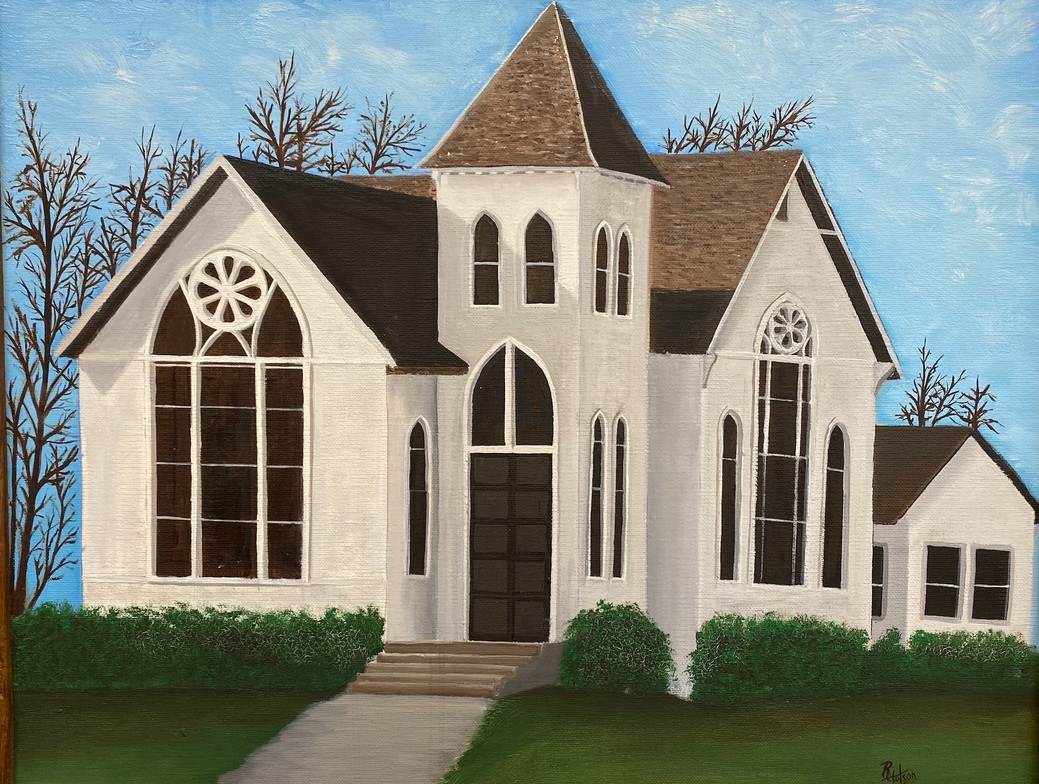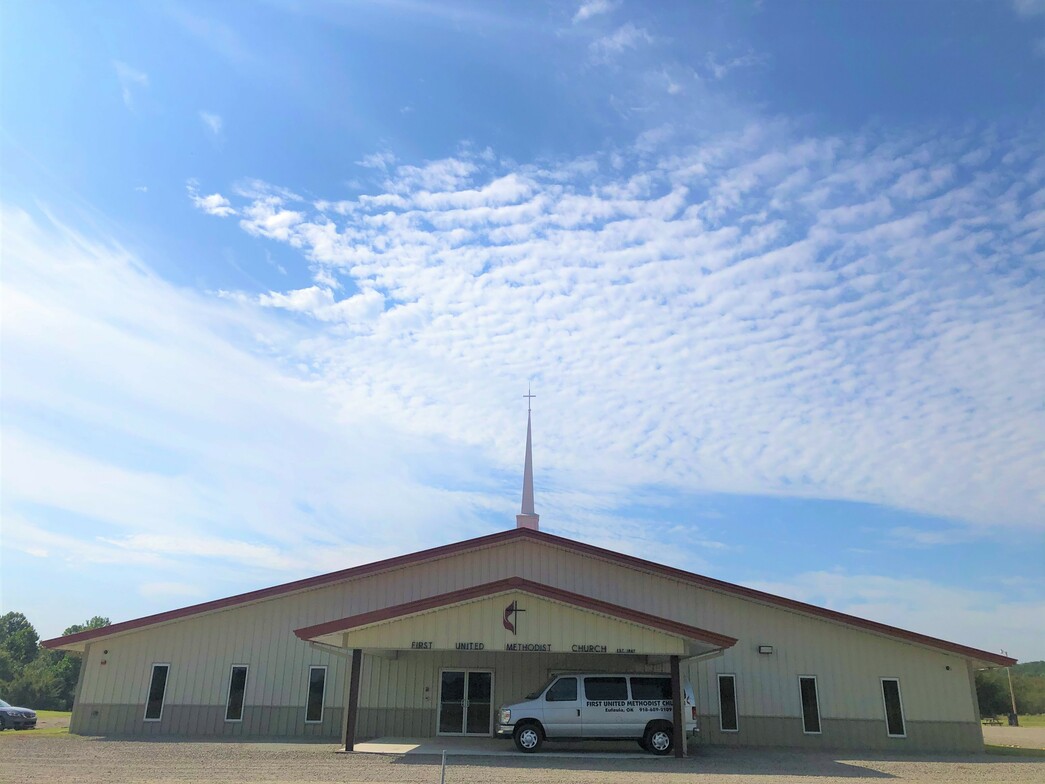Our History: Rooted in Faith, Resilient Through Time
The story of First United Methodist Church of Eufaula is deeply woven into the early history of Oklahoma and the legacy of the Native peoples who settled here. During the forced relocation of Indigenous communities in the 1800s, many of those who arrived in what would become the Eufaula area were already people of strong Christian faith. One of their first and most heartfelt requests was for places to worship and learn.
In response, the Fourth Annual Indian Mission Conference held in Doaksville on November 4, 1847, authorized the first Methodist church and mission school in the Creek Nation. Reverend Thomas B. Ruble was appointed to lead this new ministry, preaching under brush arbors and teaching wherever shelter could be found in North Fork Town, a hub of Creek life near present-day Eufaula.
By 1848, the Asbury Manual Training School was established—beginning in a modest log hut and later expanding to a three-story brick building. The church, then known as Asbury Mission, quickly grew, with a diverse membership of 54—both Native and non-Native. Though humble in its beginnings, this ministry became a spiritual home for many.
Throughout our history, notable leaders have served this church—such as Samuel Checote, who was both pastor and the first elected Chief of the Creek Nation, and Dr. Theodore F. Brewer, a church leader, educator, and editor of the first Methodist publication in Indian Territory.
Our beginnings in North Fork Town, a key stop along the historic Texas Road, even intersected with history itself—military figures like Robert E. Lee and Albert Sidney Johnston are believed to have worshiped at our original mission site during their service in the 1850s.
Through trials, wars, and transformations, First United Methodist Church of Eufaula has remained a beacon of hope, worship, and service since 1847. Our long and resilient history is a source of pride—one that continues to shape our purpose today as we grow in faith, build community, and share God’s love with the world.
Our Church throughout the years
This is your sub-headline
Insert your content. Try to limit your content to a maximum of 2 - 3 sentences so that you don’t lose your readers interest. A great way to break up large amounts of text is to create additional blocks.



